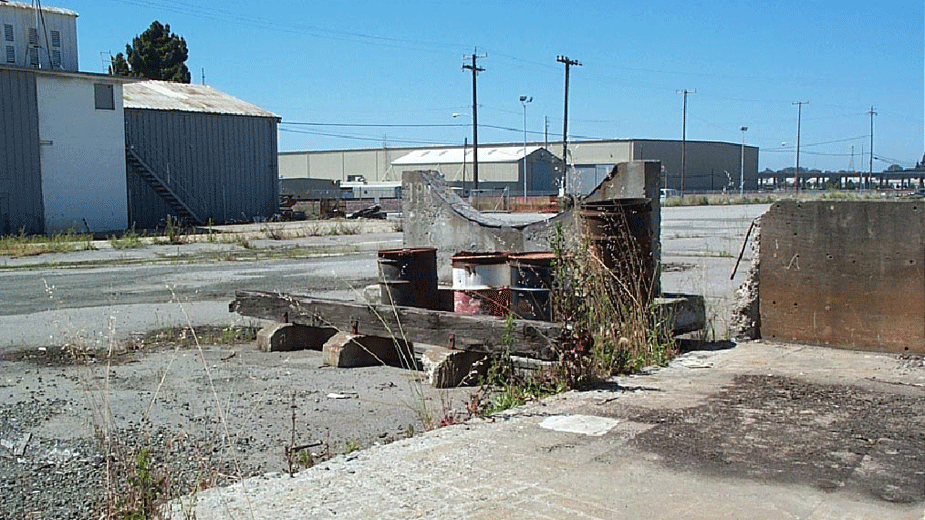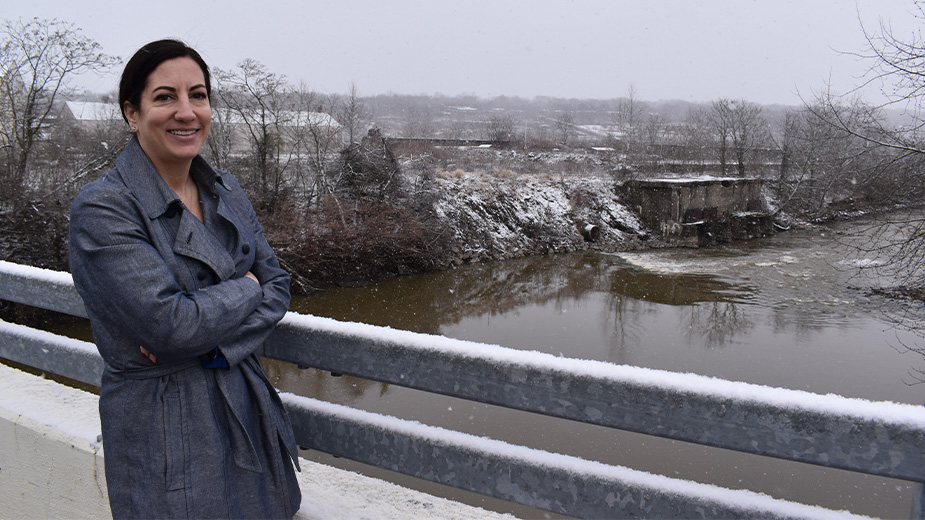WRPA Makes Case for Brownfield Cleanup Funds
YOUNGSTOWN, Ohio — Officials of the Western Reserve Port Authority and its economic development division will use a newly completed study to plead for more resources to remediate brownfields in the region.
The study, commissioned by the port authority using funds from a $600,000 U.S. Environmental Protection Agency grant, illustrates the impact of brownfield sites on property values in areas that surround them and the impact on values once these sites are cleaned up.
Intern Greta Frost, a Youngstown State University honors student, prepared the study for the port authority this summer. The study – “Brownfield Impacts on Surrounding Property Values and Overall Economic Health of Cities” – looked at the property values of 17 sites in Mahoning and Trumbull counties.
Frost examined the areas that border brownfields up to one mile away in quarter-mile increments, both before and after remediation. She used county auditors’ assessed values in both counties from 1999 to this year.
Among her findings were that some houses within a mile of remediated sites were assessed at twice the value, sometimes more, of those near brownfields that remain untouched since the factories closed. “The value of houses around the remediated sites” increased 10.45% on average over the period, she notes.
The change grows starker the closer a property is to a remediated site, says Anthony Trevena, director of economic development for the Northeast Ohio Development and Finance Authority, the economic development arm of the port authority. The assessed value of one property went to $20,000 from $15,000 following cleanup.
“The closer you are to the brownfield site, the more that value jumps when you clean the site,” affirms Sarah Lown, public finance manager of the development and finance authority.
Port authority officials say the study makes its case for securing funding to remediate brownfield sites. Within Mahoning and Trumbull counties are some 5,000 acres of brownfield properties, “which is the size of Manhattan,” Lown says.
“In the good old days, we would have turned to CleanOhio to get those sites cleaned up and ready for new development,” she says.
Today the availability of state brownfield cleanup funds is tied to how many manufacturing jobs a project will create “and a lot of sites do not create manufacturing jobs,” Trevena says.
One example is the long-vacant former St. Joseph Riverside Hospital in Warren. The building sits in a residential area along the Mahoning River, says WRPA Executive Director John Moliterno.
“It’s a great spot but it will probably never be manufacturing,” he says. Once remediated, the site would have the potential for redevelopment, including commercial, residential and even greenspace. “There’s all sorts of things this could be,” he says.
The converse is that every year these properties are neglected and fall into further disrepair, the worse they become for surrounding communities, he warns.
“The point of it is those concentric circles” – which represent increasingly smaller property values – “will get bigger,” Trevena says. “Each year that goes by, each season that goes by and those buildings deteriorate more, those blocks of impact get bigger.”
Copyright 2024 The Business Journal, Youngstown, Ohio.



